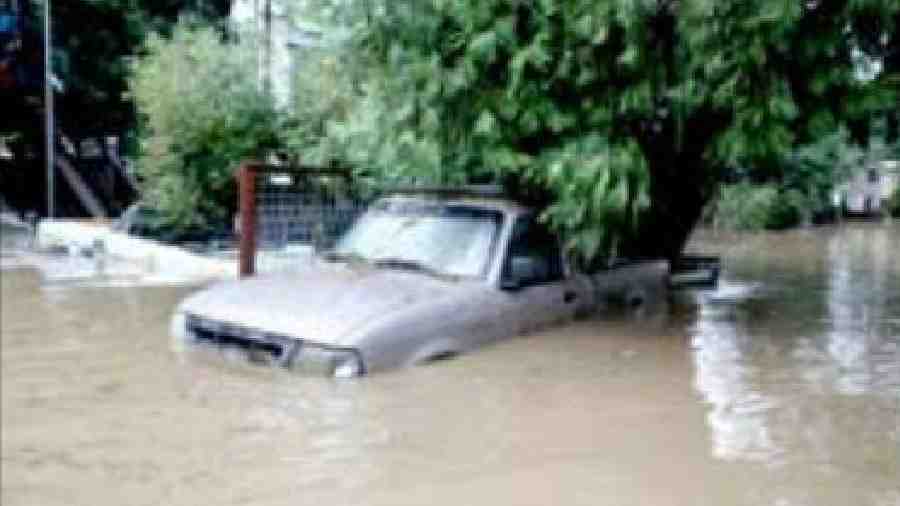A fresh wave of storms inundated California again on Saturday, swelling rivers, downing power lines and imperilling travellers during yet another holiday weekend as a procession of atmospheric rivers continued to wallop the state.
At least 19 people have died since late December, with the toll expected to increase, in a series of powerful storms that unleashed destructive downpours from the North Coast to the southern border over the last two and a half weeks.
The state’s northern and central regions have sustained the most damage: levees have broken, thousands of trees have toppled, towering waves have shattered piers and mudslides have blocked highways. Flash flooding has shut down critical roads in the valleys and coastal areas, and heavy snow has blocked passages east over mountain ranges.
As of Saturday evening, millions of residents from Eureka, in the far north of the state, to San Diego were under flood advisories. Across the state, emergency officials said, more than 75,000 people were under evacuation orders and warnings. More than 23,000 customers were without power statewide. A federal emergency declaration covered much of the state, with the cost of damage expected to reach hundreds of millions, if not billions, of dollars by the time skies clear.
The repeated lashings have left the ground beyond saturated in much of the state, and the arrival of still more rain has threatened to compound the risk of flooding and mudslides. State emergency officials have sought to shore up hills, evacuate flood-prone communities and position rescue crews in vulnerable areas.
On Friday, Nancy Ward, the director of the Governor’s Office of Emergency Services, described the onslaught as “among the most deadly natural disasters in the modern history of our state”.
One to five more inches of rain was expected to fall by Monday morning, with two to three more feet of snow in the Sierra Nevada and up to six feet in some places. In Southern California, where incoming storms were expected to bring up to an inch of rain in the valleys and along the coast and up to three inches in the mountains, mayor Karen Bass of Los Angeles declared a state of emergency, anticipating mudslides and flooding.
In Northern California, where the current storm system hit first, roads were a lethal maze of floodwater, landslides, downed trees, blowing snow, spinouts and closures.
At Donner Summit, scientists at the Central SierraSnow Lab at the University of California, Berkeley, on Saturday reported more than two-feet of snowfall in less than 36 hours, and state transportation officials were turning big-rigs around amid deteriorating road conditions.
New York Times News Service











